Airplane Bloat is Real | How Flying Disrupts Digestion and What Science-Backed Solutions Work
You know the feeling.
You land, shuffle off the plane, make your way to baggage claim—and suddenly realize your waistband feels like it’s fighting for its life. Your belly is stretched, your energy is off, and your digestion feels… confused.
You didn’t eat that much. You drank your water. You even stretched in the aisle.
So what gives?
Let’s talk about it—because airplane bloat is real, and it’s not just in your head. It’s in your gut.
And the more you understand what’s happening inside your body at 35,000 feet, the more prepared you’ll be to travel in a way that keeps you feeling clear, light, and in rhythm.
What Actually Happens to Your Gut at 35,000 Feet?
You’re buckled in. The hum of the engine is steady. The drink cart rolls by as the cabin lights dim. Maybe you sip some sparkling water, unwrap a snack you packed “just in case,” and settle into the clouds.
But somewhere over Nebraska, your stomach starts to feel tight. A gentle pressure builds in your belly, like someone slowly inflating a balloon inside you. You shift in your seat, blame the snack, and try not to think about the waistband of your leggings getting tighter by the minute.
Here’s the thing:
It’s not just the food. It’s not just you. It’s the altitude.
When you fly, your body is thrust into a dramatically different environment. The cabin might be pressurized, but it’s still the equivalent of standing on a 6,000–8,000 foot mountain. And your gut, being full of gas-producing microbes and sensitive to environmental changes, feels the shift almost immediately.
1. Cabin Pressure = Gas Expansion
You’ve barely taken off, and already your belly feels tight. Not painful exactly—just full. Maybe your waistband starts pressing in, or your seat feels more snug than it did an hour ago. You didn’t eat that much… so what’s going on?
It’s not your imagination. It’s altitude + pressure + physiology, all teaming up to make your gut expand.
Even though airplanes are pressurized, they’re not pressurized to sea level. Most cabins simulate about 6,000–8,000 feetabove sea level—roughly the height of a mountain town. And at that elevation, gas inside your body expands. This is due to Boyle’s Law, which states that gas volume increases as pressure decreases.
Your gut isn’t exempt.
When cabin pressure drops mid-flight, the gas in your digestive system naturally expands—especially if you've eaten beforehand. Combine that with the constant vibration and limited movement, and your gut’s ability to move food along slows down. This is why digestion can feel heavy, sluggish, or even stalled while you’re in the air.
You may also notice increased bloating, cramping, or gas—completely normal, though undeniably uncomfortable. Low-pressure and low-oxygen environments, like those experienced during flight, have been shown to slow digestion and reduce the activity of key digestive enzymes. Add in prolonged sitting, and intestinal motility takes a hit too—making it harder for your body to move things along and setting the stage for bloating and constipation.
Even short flights can throw off your system, but long-haul journeys take things a step further. Hours of sitting compress your abdomen, restrict natural movement, and reduce circulation—making it harder for gas to move through the intestines and increasing the likelihood of feeling bloated, crampy, or backed up.
If you’re someone with IBS or IBD, these changes in cabin pressure, oxygen availability, and daily rhythm can amplify symptoms. It’s not just what you eat—it’s how your body is adapting to the entire flying experience.
And let’s be honest—holding in gas doesn’t help. Allowing natural movement (yes, even that kind) is part of how your gut self-regulates in unfamiliar environments.
ARTICLE CONTINUES BELOW
2. Low Humidity = Dehydration
Here’s something most people don’t realize: the air inside an airplane cabin is drier than most deserts.
While your body thrives in a humidity range of 40–60%, cabin air often sits below 20%—sometimes even as low as 10%. And your gut? It feels that dryness.
Dehydration doesn’t just affect your skin or energy—it impacts how well your digestive system functions. When fluid levels drop, your body produces less mucus to protect the gut lining, digestive secretions become sluggish, and bowel movements slow down. The result? You might feel like everything is “stuck.”
Think of your digestive tract like a river. When water levels run low, flow slows, debris accumulates, and the system becomes congested. That’s what’s happening when your gut doesn't get the hydration it needs—it becomes less efficient at breaking down food, absorbing nutrients, and eliminating waste.
And if you’re sipping coffee, tea, or wine on board? Those diuretics can pull even more water from your already-dehydrated system, making things worse.
What’s more, dehydration can reduce blood flow to the gut and cause electrolyte imbalances, both of which affect enzyme activity and the smooth muscle contractions your intestines rely on to keep digestion moving.
3. Circadian Disruption = Sluggish Gut Motility
Your gut isn’t just a digestive tube—it’s also a clock.
Inside your intestinal lining are cells that follow a circadian rhythm, helping regulate when digestive enzymes are released, when your migrating motor complex activates (that cleansing wave that clears out your gut between meals), and even when your microbiome is most active.
But when you fly across time zones—or even eat at a time your body considers “off hours”—this internal rhythm gets thrown out of sync.
You might find yourself feeling:
unusually full after a small meal
constipated or irregular
foggy, heavy, or just “off”
And it’s not just long-haul jet lag. Even a short flight can shift your schedule enough to confuse your gut’s timing.
Research shows that circadian rhythm disruption can impair gastrointestinal motility, reduce nutrient absorption, and weaken gut barrier function—all of which can trigger bloating, gas, or sluggish digestion, even in those without chronic gut conditions.
In other words, your digestive system works best when it knows what time it is.
Layer on the processed airport snacks, skipped meals, minimal hydration, and hours of sitting still, and you’ve got a perfect recipe for digestive backup in the sky.
So if your gut’s already trying to make sense of time, altitude, and hydration status, the next layer—what you actually eat, drink, and don’t do on travel days—can tip the balance. Even the most mindful traveler can fall into the trap: salty snacks, skipped meals, too much caffeine, too little movement. These seemingly small choices add up, and they’re often the very things that push your digestion from “off” to out of order.
Let’s break down the most common culprits that silently sabotage your gut while you travel—and what to do instead.
Top Travel Habits That Disrupt Digestion (and What to Avoid on Your Next Flight)
When your body is already adapting to altitude, dehydration, and circadian shifts, even small habits can have a big impact on how your gut feels.
These are the common choices travelers make—often without thinking—that can leave you feeling puffy, backed up, or just off. But the good news is, with just a bit of preparation, you can travel in a way that supports your gut, not works against it.
1. Salty Snacks and Processed Plane Food
Packaged snacks and in-flight meals are typically high in sodium and low in fiber. The result? More water retention, more bloating, and slower transit time. Additives and preservatives can also irritate the gut lining, especially when digestion is already compromised mid-air.
#CellCare Option: Bring a nourishing snack bag—try steamed sweet potato cubes with sea salt, roasted fennel seeds, or a homemade trail mix with pumpkin seeds, walnuts, and a few dried apricots.
2. Carbonated Beverages
Sparkling water and soda might seem refreshing, but those bubbles expand in your intestines under lower cabin pressure, contributing to distension and discomfort.
#CellCare Option: Choose still, room-temperature liquids. Herbal teas like peppermint, ginger, or CCF (cumin, coriander, fennel) are grounding and digestion-supportive.
3. Alcohol and Caffeine
Both alcohol and caffeine are diuretics, which means they promote fluid loss. This can worsen in-flight dehydration, dry out the gut lining, and impair the movement of food through your digestive tract.
#CellCare Option: Hydrate deeply. For every caffeinated or alcoholic beverage, add two glasses of water—or better yet, skip them and opt for warm lemon water or herbal tea to support gut integrity.
4. Sitting Still for Hours
Immobility slows peristalsis—the wave-like motion that moves food through your gut. It also restricts blood flow to digestive organs, making it harder for your system to process meals efficiently.
#CellCare Option: Move intentionally every hour. If you can’t walk, do simple seated stretches like gentle twists, ankle circles, or shoulder rolls to keep things flowing.
5. Delaying Bowel Movements
It’s common to ignore the urge to go during a flight, but this habit can lead to constipation and disrupt your natural elimination rhythm. The longer stool sits in the colon, the harder it is to pass later.
#CellCare Option: If you feel the urge, respond to it. Keep calming tools on hand—like lavender essential oil on a tissue—to help ease tension and make the bathroom feel more approachable.
If these habits are the turbulence your gut didn’t ask for, your next question might be: What can I actually do to feel better while I fly—without overhauling my entire routine?
This is where a Gut-Flight Reset Plan comes in. Think of it as a rhythm, not a rulebook—simple, intentional practices you can use before, during, and after your flight to keep digestion flowing, energy steady, and your body feeling like home, even at 35,000 feet.
Let’s break it down.
Your Gut-Flight Reset Plan | Before, During, and After You Fly
Travel doesn’t have to derail your digestion. With just a few intentional shifts, you can support your gut through every phase of the journey.
This isn’t about being perfect. It’s about knowing what your body needs when it’s in motion, and giving it that support in real time.
Here’s your Gut-Flight Reset Plan—divided into before, during, and after your flight—designed to restore rhythm and reduce bloating through grounded #CellCare rituals.
Before You Fly | Set the Rhythm
How you start sets the tone. Ground your system before you even board.
#CellCare Options:
Hydrate deeply the day before. Add a pinch of sea salt or a splash of coconut water to support electrolyte balance.
Eat a warm, grounding meal 1–2 hours before boarding. Think cooked vegetables, lentils, quinoa, or kitchari—easy to digest and stabilizing.
Pack your gut-friendly toolkit. Include CCF tea in a thermos, steamed sweet potatoes, or roasted fennel seeds. Add lavender oil or peppermint essential oil for sensory calm.
Use the bathroom before you board. Give your body space to eliminate without the added stress of timing.
During the Flight | Stay in Flow
Once you're in the air, your job is to maintain movement, hydration, and warmth.
#CellCare Options:
Sip warm fluids hourly. Herbal teas like ginger, fennel, or peppermint help reduce gas and stimulate digestion.
Move every hour, even if you're seated. Try ankle rolls, shoulder shrugs, or gentle seated twists to activate your lymph and gut motility.
Breathe into your belly. Diaphragmatic breathing calms the nervous system and supports your vagus nerve, which plays a key role in digestion.
Skip the bubbles and alcohol. Opt for water with lemon or warm tea over carbonated drinks and wine.
After You Land: Rebalance and Reset
Once you’ve arrived, support your body in reorienting to a new rhythm—especially if you’ve crossed time zones.
#CellCare Options:
Go for a 20-minute walk. Movement stimulates motility and supports lymph flow.
Eat a warm, fiber-rich meal. Focus on cooked greens, healthy fats, and legumes—easy to digest, nourishing, and grounding.
Sip CCF tea or triphala tea. Both are time-honored Ayurvedic allies to gently reset digestion and reduce bloating.
Prioritize deep sleep. Circadian realignment starts with light and sleep. Aim to get natural light exposure and wind down early.
You don’t need to do it all. Start with one or two shifts that feel doable. The goal isn’t rigid control—it’s rhythmic regulation. That’s the heart of #CellCare.
Final Boarding Call | Your Gut Is Smarter Than You Think
Bloating on a plane isn’t random—and it isn’t something you just have to live with. Once you understand the science behind what’s happening to your digestion in flight, you can stop blaming your body and start working with it.
Your gut is constantly trying to keep you in rhythm, even at 35,000 feet. It just needs a little help—hydration, warmth, movement, and time.
The goal isn’t perfection. It's a partnership.
So next time you travel, bring one small ritual with you. Maybe it’s a thermos of CCF tea, a pre-flight walk, or simply responding to the urge to go instead of holding it in.
These micro-moments add up.
They say: I’m listening. I’m tending. I’m choosing rhythm over reaction.
That’s what #CellCare looks like in the air. And the more you practice it, the more resilient your digestion—and your whole system—becomes over time.
Until next time,
~ Dr. Bhanote
MAKE A DIFFERENCE BY SHARING THIS ARTICLE WITH OTHERS TO ENCOURAGE WELLBEING ⤵
References:
Yang, Er-Jun, et al. “Effects of Hypoxia Stress on Digestive Enzyme Activities, Intestinal Structure and the Expression of Tight Junction Proteins Coding Genes in Juvenile Cobia (Rachycentron canadum).” Aquaculture Research 52, no. 12 (July 6, 2021): 6039–6050.
Huo Da , Su Fang , et al. “Temperature and dissolved oxygen influence the immunity, digestion, and antioxidant level in sea cucumber Apostichopus japonicus.” Frontiers in Marine Science, Volume 9. 2022.
Duboc H, Coffin B, Siproudhis L. Disruption of Circadian Rhythms and Gut Motility: An Overview of Underlying Mechanisms and Associated Pathologies. J Clin Gastroenterol. 2020 May/Jun;54(5):405-414.
The information on this website has not been evaluated by the Food & Drug Administration or any other medical body. We do not aim to diagnose, treat, cure or prevent any illness or disease. Information is shared for educational purposes only. You must consult your doctor before acting on any content on this website, especially if you are pregnant, nursing, taking medication, or have a medical condition. Our content may include products that have been independently chosen and recommended by Dr. Monisha Bhanote and our editors. We may earn a small commission if you purchase something mentioned in this article.
YOU MAY ALSO LIKE:
by Dr. Monisha Bhanote
✅ EVIDENCE-INFORMED REVIEWED ARTICLE


















